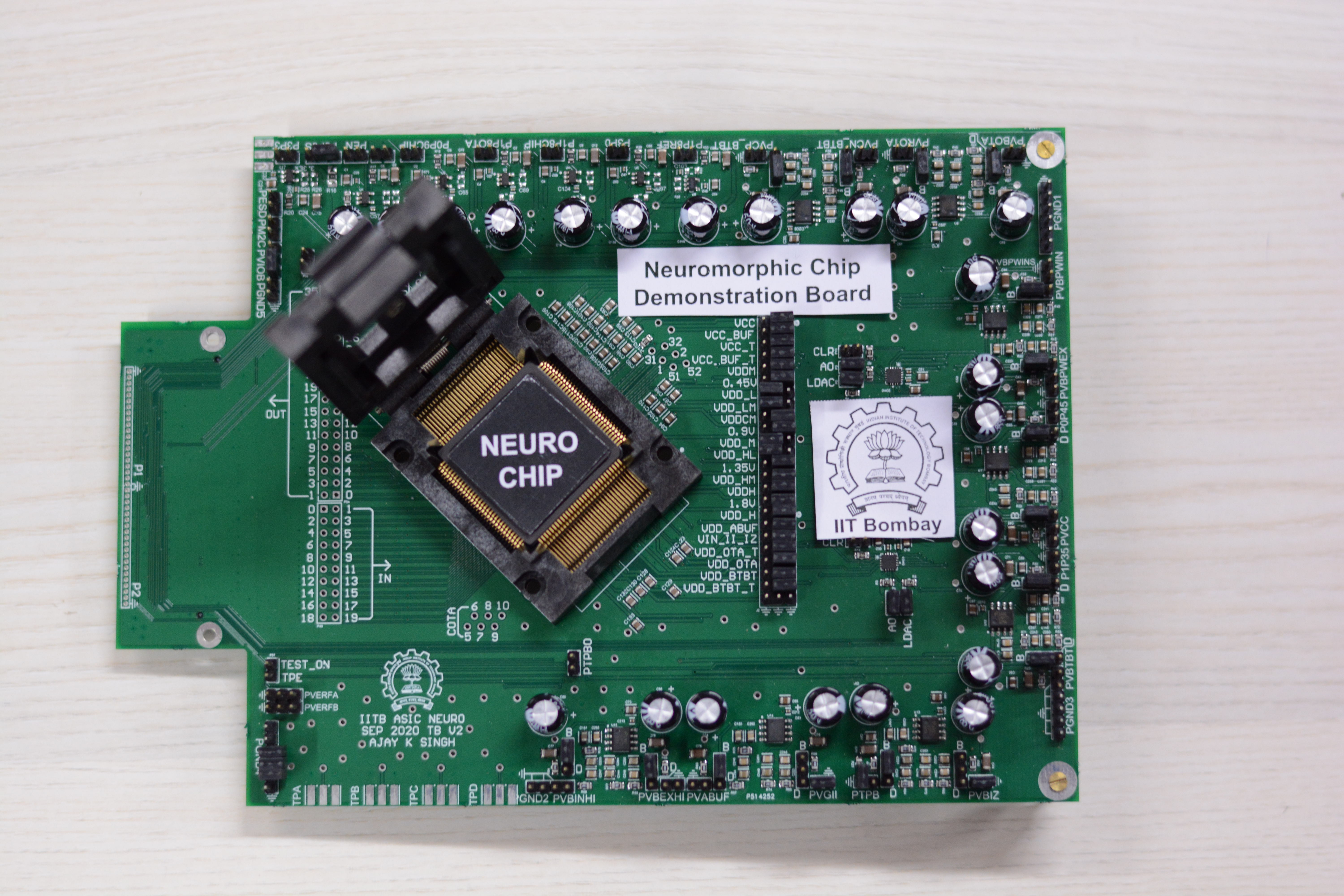An electronic device designed for speech recognition. It uses a special type of neural network called a recurrent spiking neural network (SNN). The network includes band-to-band tunneling (BTBT) neurons, which process speech signals by converting them into electrical spikes. These neurons and their connections manage the signals, allowing the device to recognize and interpret speech effectively. The system includes components that shape and adjust these signals to improve accuracy. This invention enhances the ability of electronic devices to understand spoken words by mimicking how the brain processes speech.
Traditional speech recognition methods often struggle with real-time processing, high computational needs, and poor performance in noisy environments. These limitations highlight the demand for a more accurate approach.
- Ultra-Low Power Neurons: This technology utilizes BTBT (band-to-band tunneling) neurons to significantly reduce power consumption in speech recognition tasks.
- Neural Network Efficiency: It incorporates recurrent spiking neural networks (SNNs) for area and energy-efficient speech processing.
- Advanced SOI MOSFET Integration: It employs SOI MOSFETs with band-to-band tunneling for precise, low-current integration.
- Synaptic Transfer Management: It features synaptic transfer managers that shape and weight signals for efficient neural communication.
- Hybrid CMOS Neuromorphic Chip: It combines analog and digital components in a hybrid CMOS design, optimizing computational capability for speech recognition.
The recurrent spiking neural network system based on ultra-low power BTBT neurons has shown a doubling in spiking frequency compared to conventional designs. Experimental evaluations indicate that the proposed system for speech recognition achieves a significant reduction in power consumption while maintaining high accuracy levels.
6
This innovation improves accessibility for individuals with disabilities by enabling more responsive speech recognition systems, enhancing their ability to interact with technology. It helps people interact more easily with devices like phones and computers using their voice in their native language. Tasks like searching online or sending messages can be made quicker and easier by just speaking.
This invention has applications in all those areas that require voice command operations like automobiles, audio and wearable devices (headphones, Alexa, smartwatches), healthcare, robotics, and telecommunication.
Geography of IP
Type of IP
202121055943
507369

